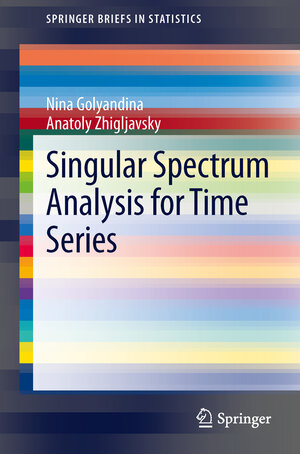
×
![Buchcover ISBN 9783642349126]()
From the reviews:
“This book is fully devoted to the methodology of a technique for time series analysis and forecasting called singular spectrum analysis (SSA). … The authors of the book are well-known statisticians, and specialists in time series analysis. … this book is a valuable addition to the literature on time series analysis and will therefore be well received by statisticians and specialists in many other fields interested in the analysis of time series data.” (K. S. Padmanabhan, zbMATH, Vol. 1276, 2014)Singular spectrum analysis (SSA) is a technique of time series analysis and forecasting combining elements of classical time series analysis, multivariate statistics, multivariate geometry, dynamical systems and signal processing. SSA seeks to decompose the original series into a sum of a small number of interpretable components such as trend, oscillatory components and noise. It is based on the singular value decomposition of a specific matrix constructed upon the time series. Neither a parametric model nor stationarity are assumed for the time series. This makes SSA a model-free method and hence enables SSA to have a very wide range of applicability. The present book is devoted to the methodology of SSA and shows how to use SSA both safely and with maximum effect. Potential readers of the book include: professional statisticians and econometricians, specialists in any discipline in which problems of time series analysis and forecasting occur, specialists in signal processing and those needed to extract signals from noisy data, and students taking courses on applied time series analysis.



